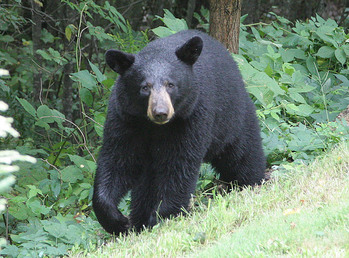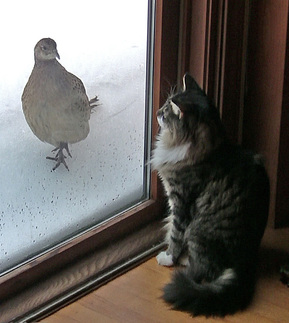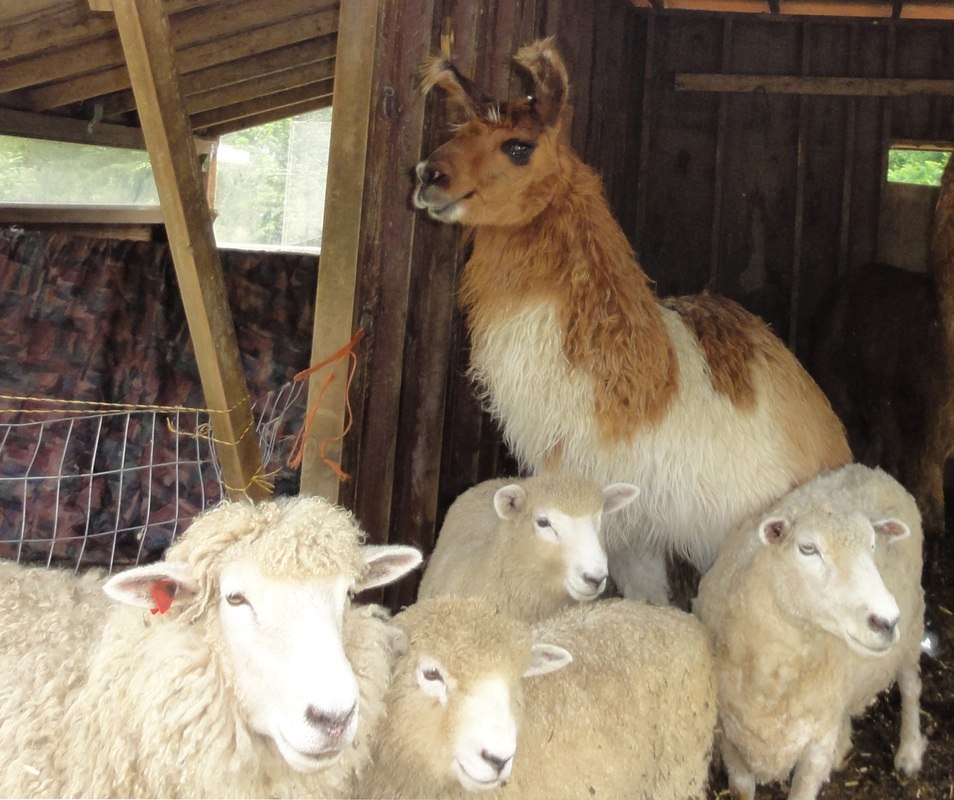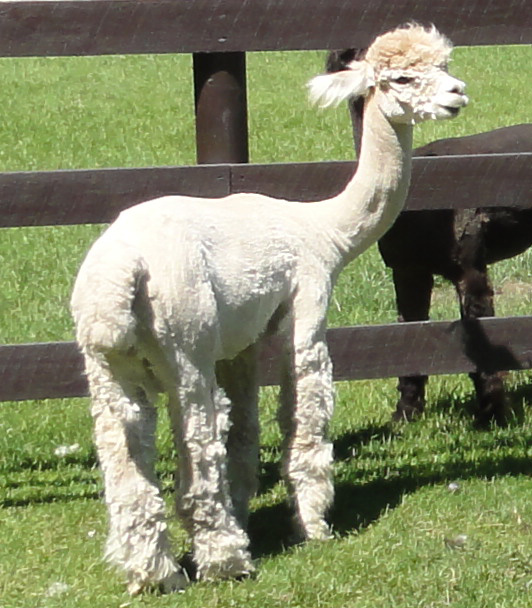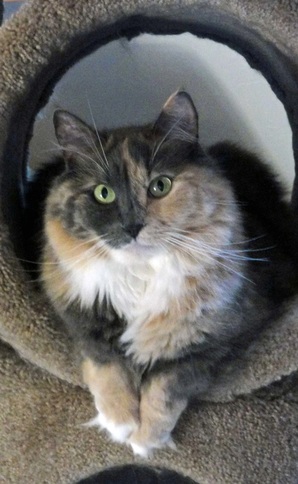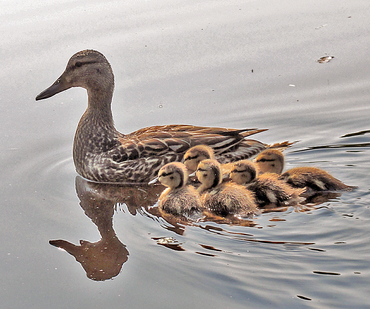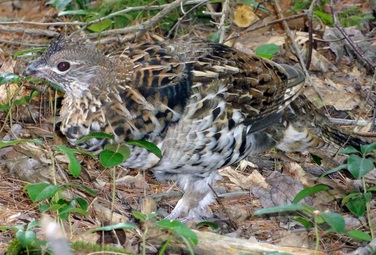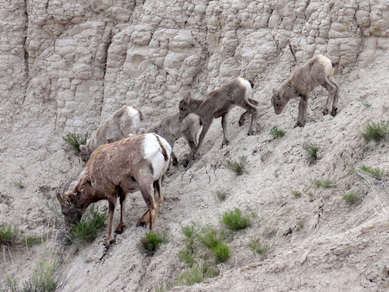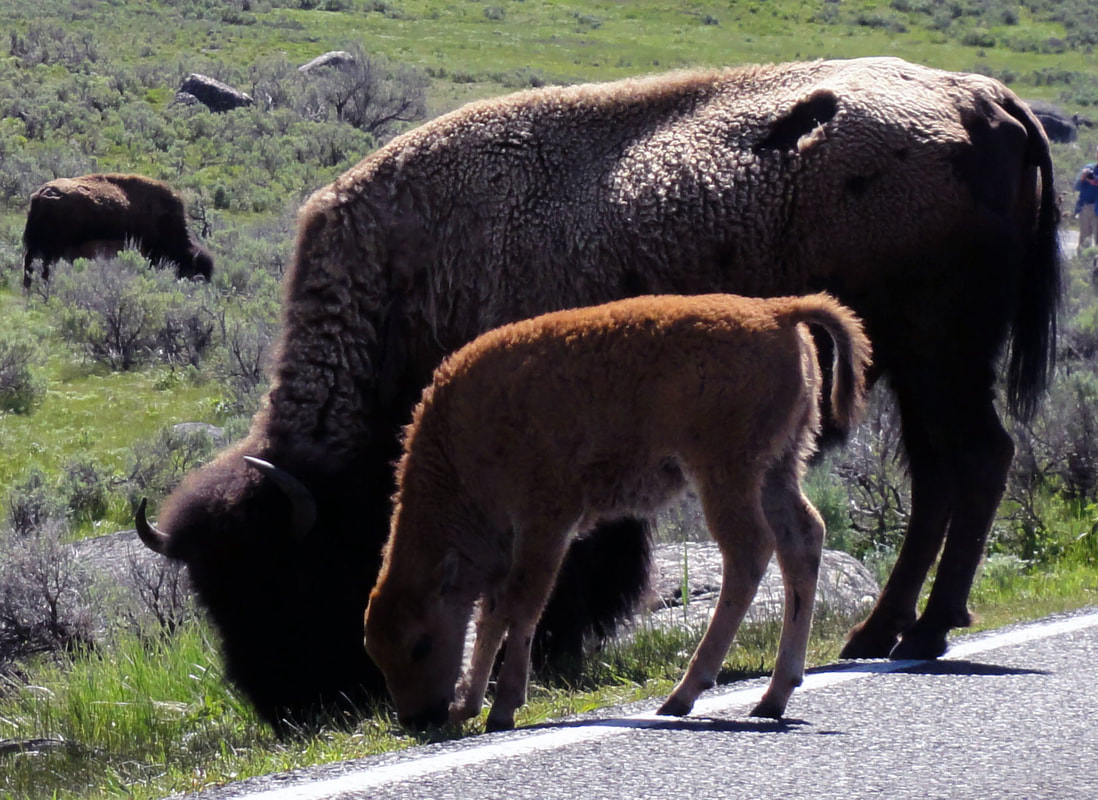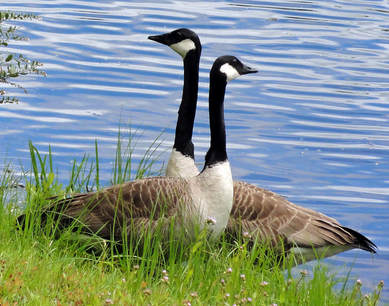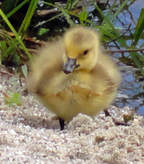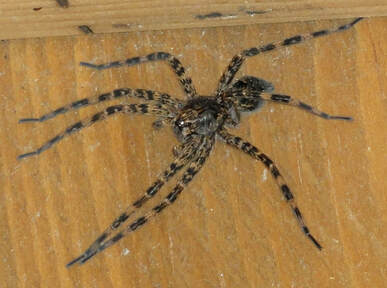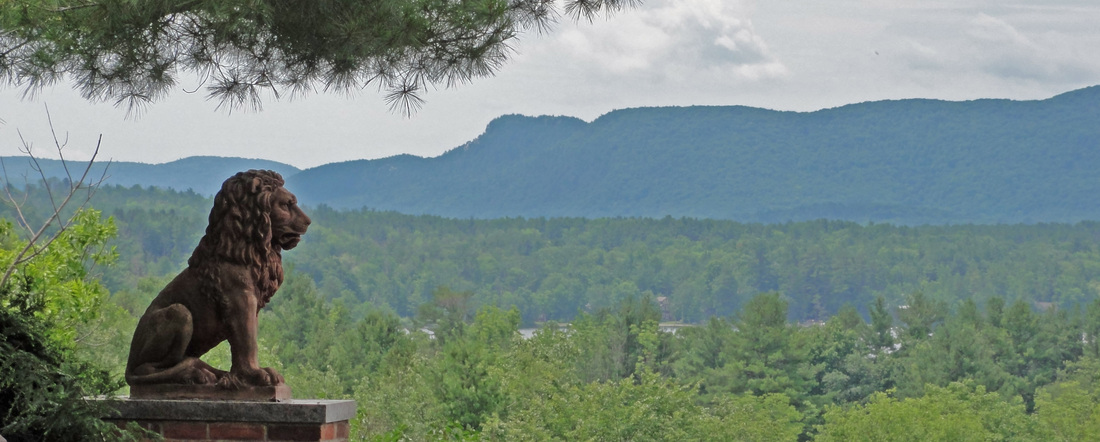Critter Corner: lots of fun photos and information about my close encounters of the critter kind. Come back often. You never know when I'll be adding more...
|
|
One of my day trips to the Berkshires combined research with a quest for the perfect author photo. We stopped at several places featured in the book, looking for photo opportunities. Wahconah Falls in Dalton gave us some good headshots, but my favorite moments were at a farm in Lee where I had the chance to get cozy with the llamas. Here’s Little Rock protecting his flock, taking his guard duties seriously. The sheep (and two pigs) are well protected on the farm by a small herd of llamas. The photo on my home page shows Happy Jack hanging over my shoulder, with Cuzco in front. Cuzco was named after the ancient Inca capital in Peru. |
|
I visited Sweet Brook Farm in Williamston during my research on fiber animals found in the Berkshires. There I discovered a herd of newly sheared alpacas. Here's a close-up of one of the fuzzy critters. People often ask what the difference is between alpacas and llamas. Both are camel cousins, but neither animal has a hump on its back. Although related, once you know what to look for, alpacas and llamas are easy to tell apart. Alpacas are about half the size of llamas. They have smaller, straight ears, rounded backs, and tails that slope down from their backs. Llamas can be up to six feet tall at the top of their heads, and weigh up to 450 pounds. They have long, banana-shaped ears, a flat back, and tails that stick up off the end of their backs. Both animals are friendly, curious, and easily trained. Alpacas have a single, soft, thick coat of hair. Llamas have coarse outer hair and a soft inner coat. |
|
We first met Whirlpool when she was five months old. She had been living at our vet for three months, waiting for the perfect family to adopt her. She’s a special needs kitty with a hole in her heart called a ventricular septal defect (VSD). This defect causes a heart murmur that sounds like a washing machine, so the vet had several options for names for this stray kitten: Whirlpool, Kenmore, or Maytag. We’re glad they picked Whirlpool. Whirly has been with us for ten years now, and except for that washing machine in her chest, you’d never know she has any problems. A kitty genius, she has excellent eye-paw coordination when playing. She purrs even when she’s eating, loves laps, and always walks with her “I’m happy” tail straight up in the air. Whirlpool soaks up the attention of veterinary students during scheduled echocardiograms, and loves taking her meds (enalapril and atenolol). Whenever we call “fishy med!” (the atenolol is in fish-flavored water)—Whirly runs into the bathroom, jumps onto the toilet seat, parks her paws on the tank, and tips her head back waiting for her meds. Sometimes she’ll even go through her routine on her own, trying to con us into giving her more fishy med when it’s not due! |
|
Wildlife
love the quiet, rocky cove where we have a summer place on a lake in New
Hampshire. The shallow water, vegetation, and scattered rocks keep powered
boats away. Great blue herons swoop across the cove. Canada geese are regular
visitors. We’ve floated in kayaks, watching diving loons, trying to guess where
they would resurface. What fun to have one pop up within three feet of the
boat!
A small island shelters the northeastern edge of the cove. Loons and mallard ducks find safe haven here during nesting season. This summer (2015), at least three mallard families called the cove home. We’ve watched broods of three, four, and five ducklings paddle after their mamas, and occasionally huddle together for a nap on our lawn. By late August, adolescent antics entertained us. Young mallards scooted across the water, quacking and flapping their wings while splashing waves of water at each other. At last count, thirty-four ducks in the cove! It’s quiet during the day, but every evening, right around 5 p.m., soft quacking fills the air. It’s as if the mallards are checking in with each other to say good night. |
|
I like to bring my camera with me even when hiking with friends just down the road from home. I never know what I might discover. A September hike on a nearby stretch of the Midstate Trail was no exception. My philosophy of “go slow, so you don’t miss the good stuff” paid off. I stopped in my tracks when a rustle of leaves drew my eyes to the woods along a backcountry road. Was it a squirrel? Nothing. I waited for another rustle. There—a Ruffed Grouse, nearly invisible in the tangle of branches and leaves carpeting the ground! I inched closer, and enjoyed hearing the soft “cluck, cluck” as she pecked at the brush. This winter, she’ll adapt to our New England weather by growing her own snowshoes—rows of comb-like bristles on her toes. And next spring, she may be attracted to the drumming of a male Ruffed Grouse. He starts with a slow beat of wings that quickly becomes a blur. Air rushes in to fill a vacuum created when he thrusts his wings outward from his breast. Those drumming thumps? They are actually mini sonic booms!
|
|
"Yipee! Follow the leader!"
|
During our road trip this summer (2016) we did a loop through Badlands National Park in South Dakota. I’m glad we did. We stopped to photograph a herd of 17 Rock Mountain Bighorn ewes and lambs. No rams in sight—they were off somewhere in a bachelor group. Bighorns are the largest wild sheep in North America. The ewes we saw weighed around 140 pounds and had short, curved horns. Rams may weigh over 300 pounds, and older ones can have massive 30-pound, 3-feet long horns curled in a circle close to their face.
Born in the spring, the lambs in the photo were walking soon after birth. I would have been sitting on my bottom and attached to a climbing rope on that steep terrain! But their split hooves and soft, rough soles give Bighorns a super grip to safely climb and jump around on the rocky cliffs of their home. They can even scamper across 2-inch wide ledges to escape from predators. Sharp hearing and eyesight along with a keen sense of smell also give them early warning if danger is near. |
|
In June of 2016 we spent three days visiting Yellowstone National Park. Every day, we had to wait in our car while bison crossed the road. Our longest wait was in the Lamar Valley when an entire herd crossed in front of us to reach a watering hole. The reddish-tan calf in this photo won’t start turning brown until it’s about two-and-a-half months old.
I had heard about birds such as magpies sitting on bison backs to feed on insects in their hair—so it was pretty cool to see that, even if I wasn’t fast enough with my camera to catch it. Cowbirds will also follow close behind a bison, feeding on insects disturbed by its steps. Although poachers had reduced Yellowstone’s herd to about two dozen animals in 1902, by 2016 conservation efforts had increased the population to nearly 5,000. Bison are the largest land animals in North America—males can reach 2,000 pounds, and females about half that. Yellowstone is the only place in the United States where they have lived continuously since prehistoric times. You can watch a bison calf take its first steps with commentary by bison ecologist Rick Wallen on this video provided by the National Park Service. |
|
A couple of years ago we torn down an old cabin across from our house at Highland Lake. The cabin was close to collapsing and home to mice and carpenter ants. Turns out it was also home to a wolf spider. Very cool or scary, depending on your opinion of spiders. Wolf spiders don’t spin webs to catch their prey. They’re fast and hunt for their food at night. They make burrows in the ground or hang out in dark corners of buildings. Some cool facts: wolf spiders have 3 rows of small, medium, and large eyes—a total of 8 eyes! And the mama wolf spider will carry her spiderlings on her back, especially if she senses danger is near. That’s a pretty special mama to care for her hundreds of babies like that, and wolf spiders are the only spiders known to do this. |
